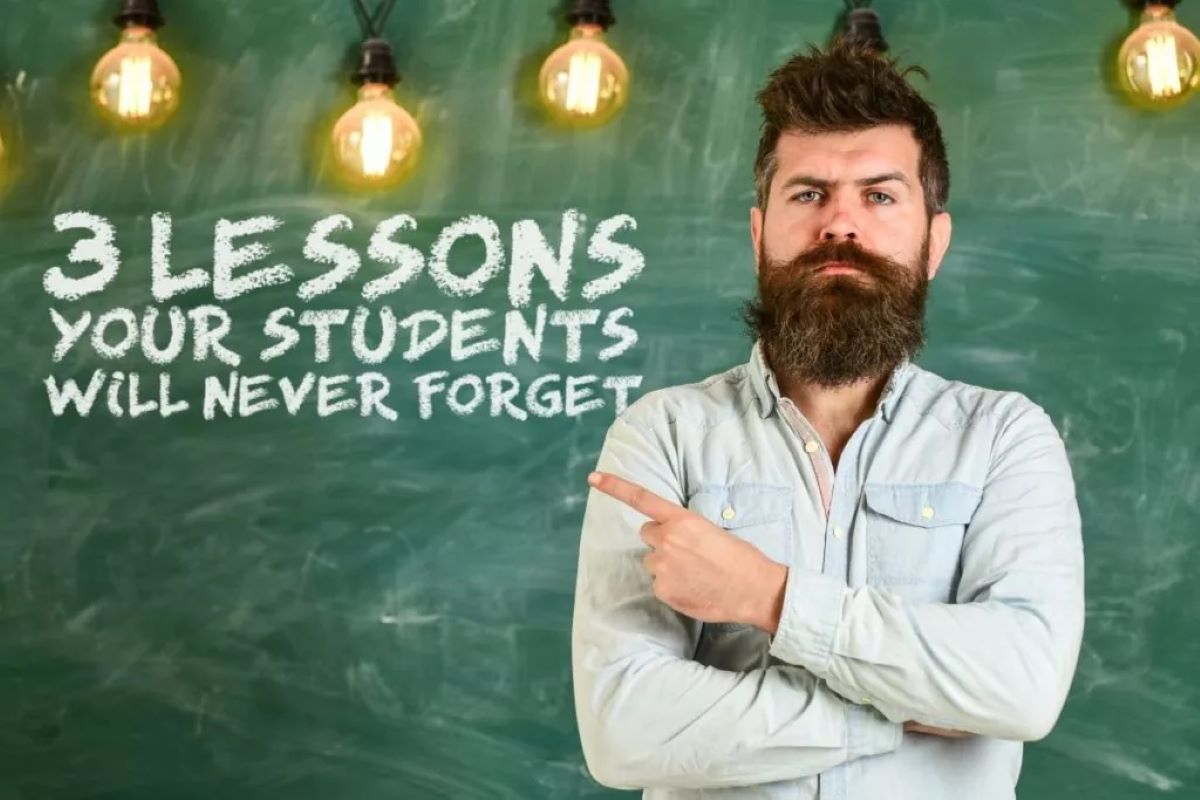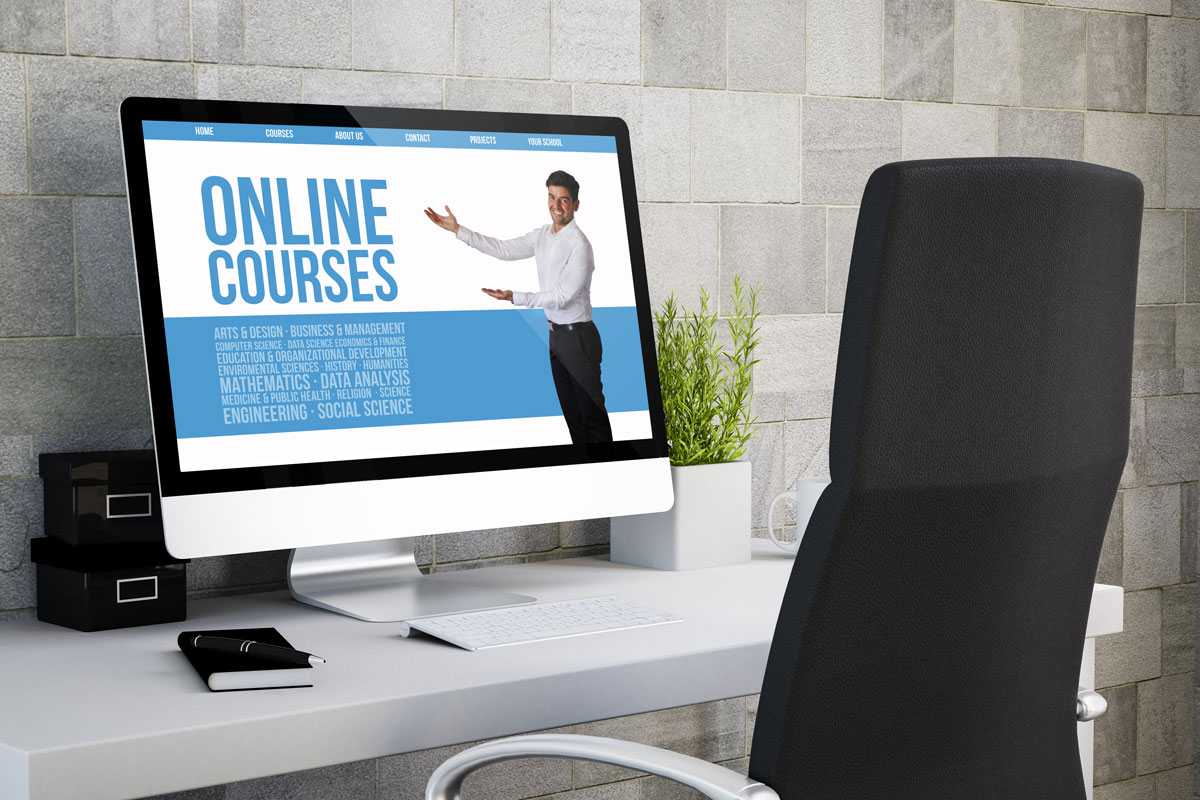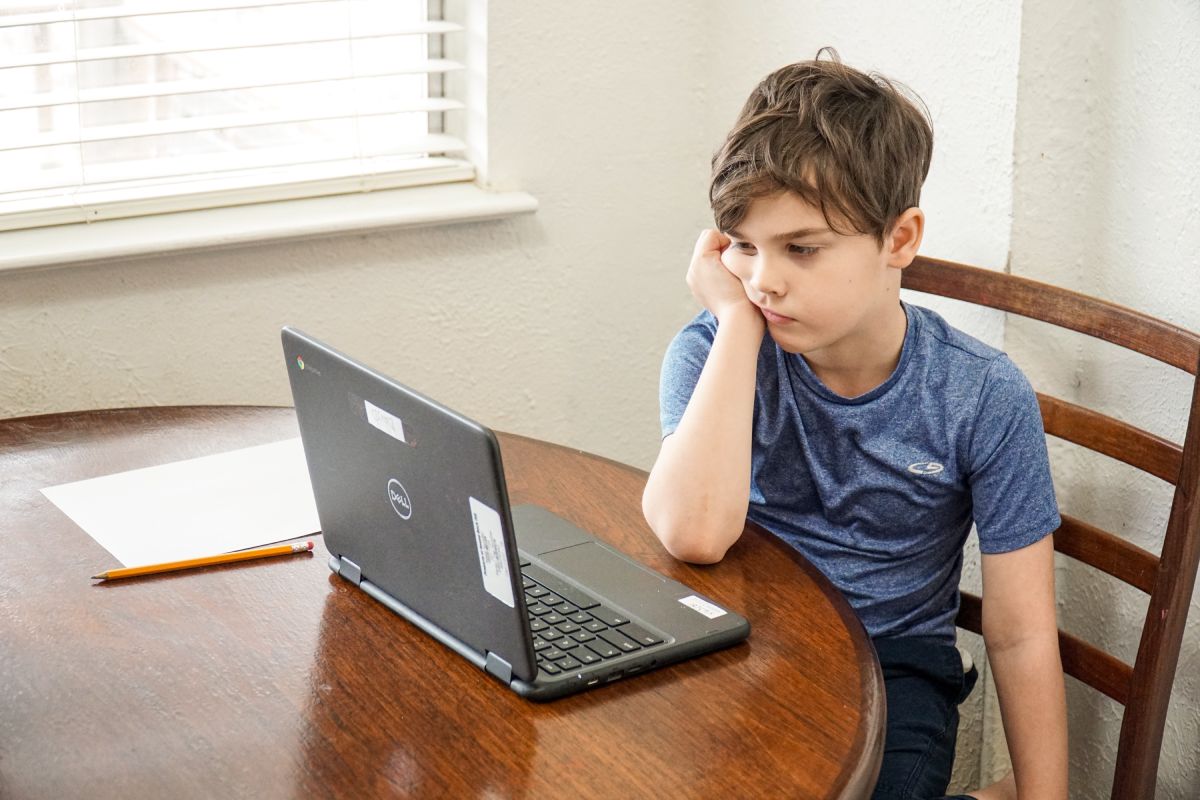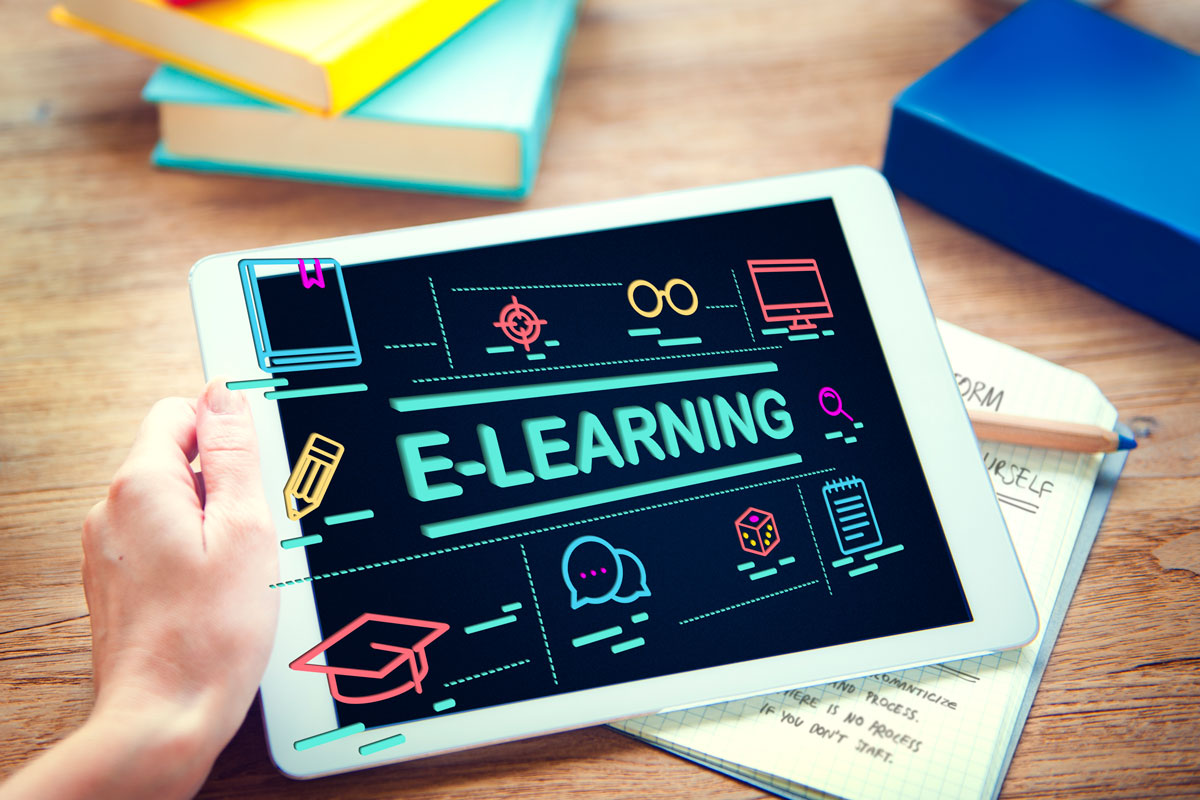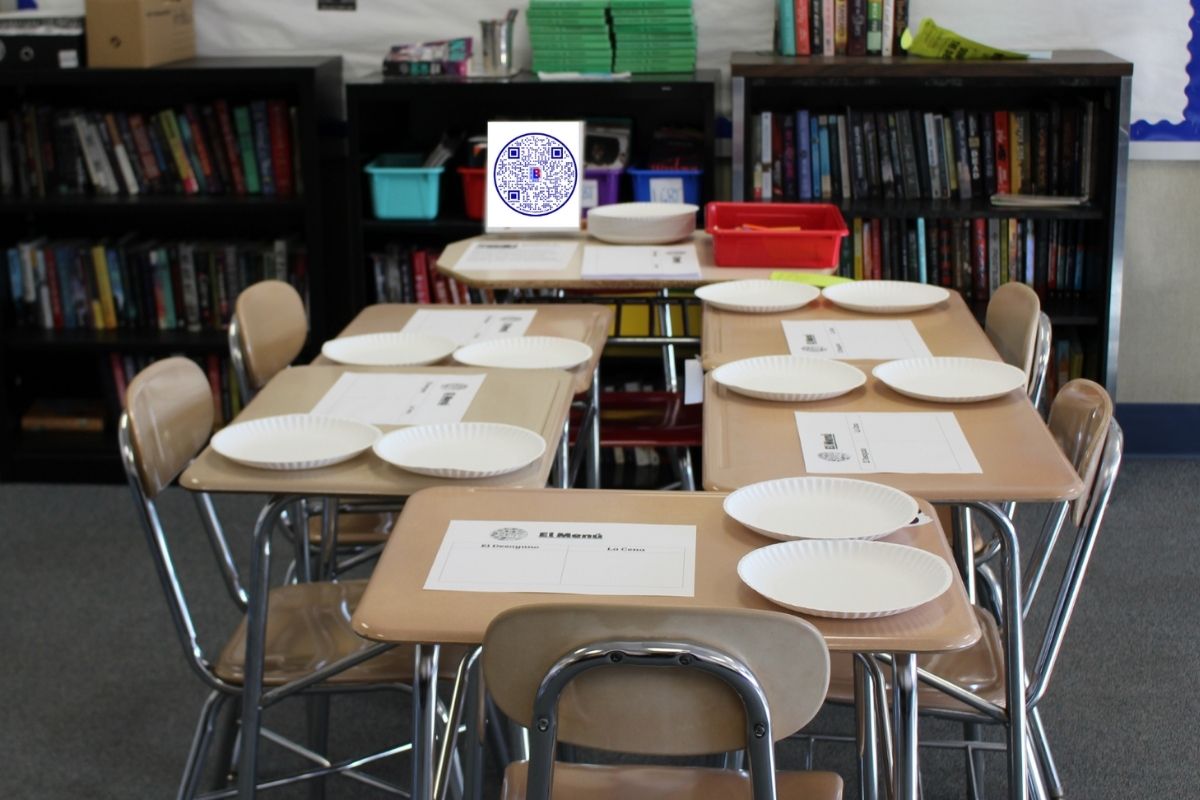Is it magic or science? No, it’s Physical Education!
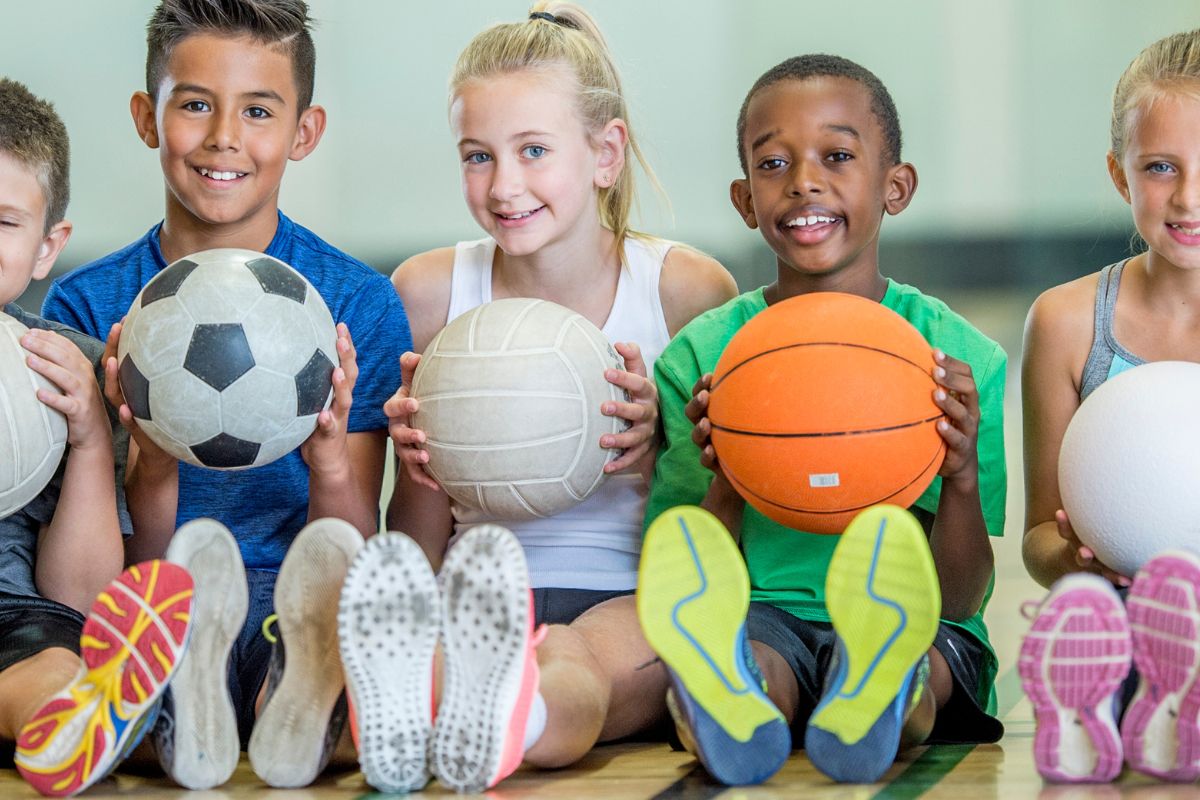
Think of the last time you went bowling. How long ago was it? What do you remember about the place? I’ve been bowling for as long as I can and can’t remember. I’ve bowled perfect games, an 800 series, was All-County in High School. Often, when I mention that I am a bowler, the first response is, “I know someone else who is a bowler” or “I’m not that great.” I just enjoy that it sparks conversation over a mutual topic. Bowling 300 a perfect game in 10 pin bowling is never an easy feat. When you step up to roll the last three strikes, a crowd watching is usually commonplace. However, it’s just you and the pins. When those final 10 pins go down, you celebrate, and you have every reason to do so. In bowling, like teaching physical education: are these products of magic or science? What makes these experiences so amazing, powerful, and memorable?
As I tell my students, I am not a magician or a wizard, I’m just Mr. Hambel. Bowling, like physical education, is heavily steeped in science. It may seem like just rolling a ball. But it’s finding a rhythm of steps, how much force and power to use. Do we follow the cues of rolling? Are we being consistent with where we roll the ball? A lot of these same concepts apply to teaching PE. It’s a mixture of WHAT we teach and HOW we teach it. We are masters of differentiation, often teaching games and skills to a variety of classes. Have you ever had a kindergarten class one period and then fifth grade the next? This is what makes us highly effective teachers and in turn allows us to provide cohesive and appropriate learning opportunities for our students. I may not be able to explain the magic, but I will attempt to explain some of the tools I use to make meaningful lessons.
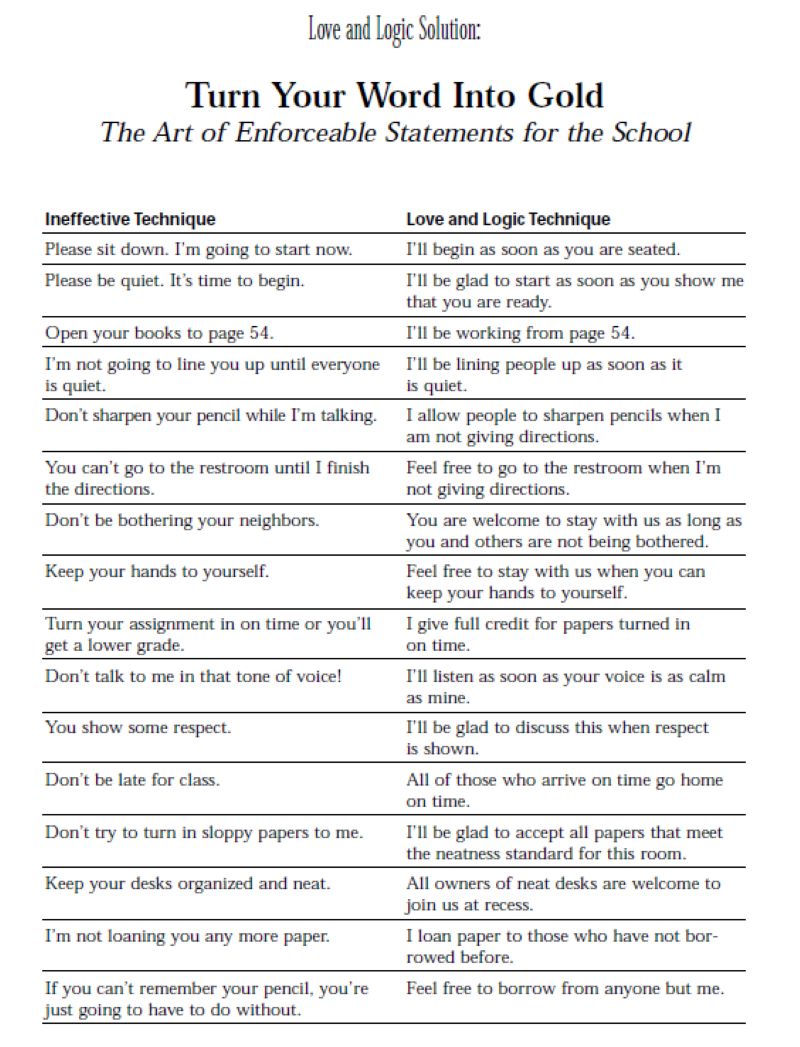
One of the most powerful tools I learned early in my career was scripting. I do have acting credits to my name: an “off-Broadway” (“off” meaning basement theater of a church) show called Room Service. Teaching is much like entertaining. I started writing EVERY single word I would say. This helped me focus during a lesson, especially when I needed to redirect students. After 10 years, I feel like I have a database in my head. I can pick a game at will and recall every fine detail. Sounds like monotony? Not at all! I smile because I know all the “lines” to the show. You’re the performer. If you mess up a line, the audience won’t know if you just keep going.
Another one of my “scientific” approaches is from a book called Teaching With Love and Logic. It’s not a management system, but it helps with classroom management by giving phrases and methodology to remain calm and even-keeled and to respond to misbehavior. What works so magically is that it helps to de-escalate situations, avoids power struggles, and allows you to maintain the integrity of the classroom.
One of my favorite examples:
A student is upset about a result in a game.
Me: (not sarcastic or wry – just matter of fact) I can see you’re upset. You tried your best, and that wasn’t the result you wanted.
Student is still upset, trying to argue with me
Me: I have some suggestions for next time, but I respect you too much to argue. I only argue during recess and after school. Let me know which one works for you.
And then I walk away.
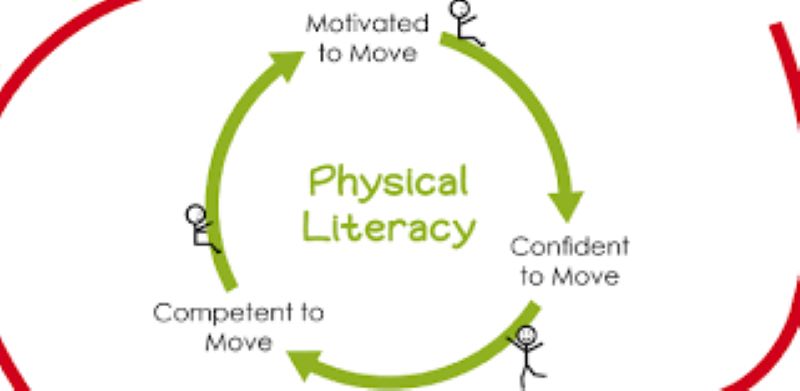
I’ve not had one student ever make an appointment to argue with me. PE is a high-energy class, and we want students to try their best and figure out what they need to do to be their best. Using enforceable actions works best. Instead of saying, “I’ll wait,” say something tangible – “I’ll continue teaching when I see everyone silent and looking at me, and the equipment is on the floor.” Being consistent is extremely important, too. Use a list of rules that is student friendly, something they can always understand. There should be no gray areas. I find transparency important; the rules shouldn’t seem random.
The other day, I was teaching students about volleyball.As anyone who’s taught volleyball knows, teamwork is one of the most, if not the most, important concepts I said, “even professional teams who play every day take time to work together.” A student asked, “wait, really? You’re saying it’s impossible?” I responded, “not impossible – it just doesn’t happen right away. It’s not magic.”
To further explain what I mean, all of my lessons, units, and games are designed for a universal audience. Having a background in special education helps tremendously with designing this way. Our goal as teachers of any content is to help our students reach standards of excellence. Differentiation doesn’t just mean different. During every lesson, I am teaching students to pick a “just right” exercise. Students learn to pick a “just right” book in the classroom. They know when a book is too hard and too easy. Why reinvent the wheel?
We can apply the same thinking.Consider students bowling, practicing a jump shot, or even completing jumping jacks. Explain to students the focus is on the skill – knowing how and when to fix mistakes or challenge themselves and why. With this logic, design activities all students can do. This way you can arrange in them small groups and they play on their own. You can also instruct students on SEL and teamwork. SEL is short for Social Emotional Learning. Ask yourself: what is the focus of the game? Why are they doing this? How does this fit in with the unit?
For bowling: move the starting spot closer or further from the pins, add more or less pins
For jump shot: use one or two hands, jump or stay on the floor, get closer to the basket or further, change the nature of the game
For jumping jacks: let students pick the amount they will do (Tabata is great for this because it builds in rest time and has students perform the exercise again after rest)
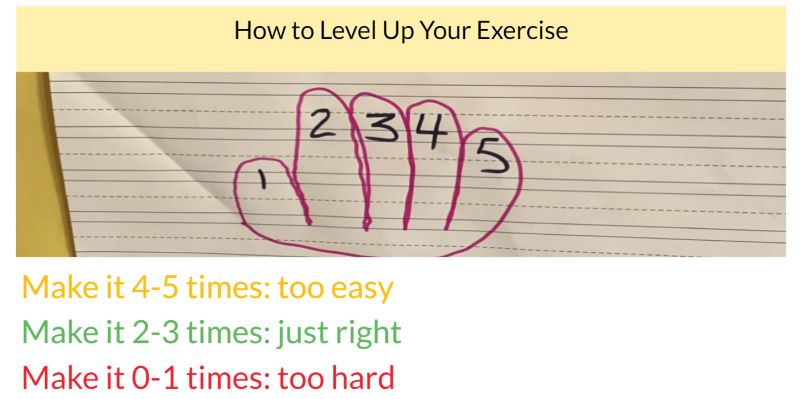
While differentiation may seem like a lot of effort, once you start, it’s easy to sustain. I have had lots of success implementing these pedagogical strategies. My thinking is, if it will benefit the students, it seems worthwhileIf I were a student in my class, would I find it enjoyable? If the answer is no, I have to reflect and fix it.
We live in a time where it’s easy to be connected to others. I am a card-carrying professional bowler. However, I’ve been able to have a certified United States Tennis Association (USTA) tennis professional come to my class and I have even received equipment from the New York Mets. It might seem like these connections are cumbersome to make, but the truth is all it took was a few emails. I emailed the USTA, and a few weeks later we had a pro come to work with me and teach my classes. He won a grant so he’s able to come back this spring. For a baseball and softball unit, I called and emailed the Mets. I received a call one day that they were sending me equipment. A few years ago, US Lacrosse sent me a set of lacrosse sticks. Pursuing these endeavors might seem exhausting. It is at times. However, providing physical education classes that ALL my students can relate to and want to participate in is the motivation for me to do so. When students have access to all kinds of opportunities, you never know what they’re going to like and want to pursue. You can appeal to all interests. This year has been so rewarding so far because students want to play and even more so: help their classmates. It happens so organically. Students are invested in the brave space we have created and they want to be their very best.
The goal of any quality PE program is physical literacy. We want students to be confident and competent when they play, which in turns motivates them to want to play more. I always use this example: do you read a book upside down? Students look at me like I have three heads when I say that. One person might get something out of it, but not everyone can. This applies to PE. When you read a book, do you just read words? You read for comprehension, too. Is it magic or science? After writing this article, it’s not even just physical education. It’s effective teaching.
Prioritizing Mindsets: What New York State’s Culturally Responsive-Sustaining Education Framework Gets Right (2019) PAMELA D’ANDREA MARTÍNEZ AND EVAN M. JOHNSTON Retrieved from https://ethicalschools.org/2019/10/prioritizing-mindsets-what-new-york-states-culturally-responsive-sustaining-education-framework-gets-right/
John Spencer (2017) Was Yoda A Good Teacher? (Happy Star Wars Day) https://spencerauthor.com/was-yoda-a-good-teacher/
Culturally Responsive-Sustaining Education Multiple Authors Retrieved from http://www.nysed.gov/common/nysed/files/programs/crs/culturally-responsive-sustaining-education-framework.pdf
This article is available and can be accessed in Spanish here.



